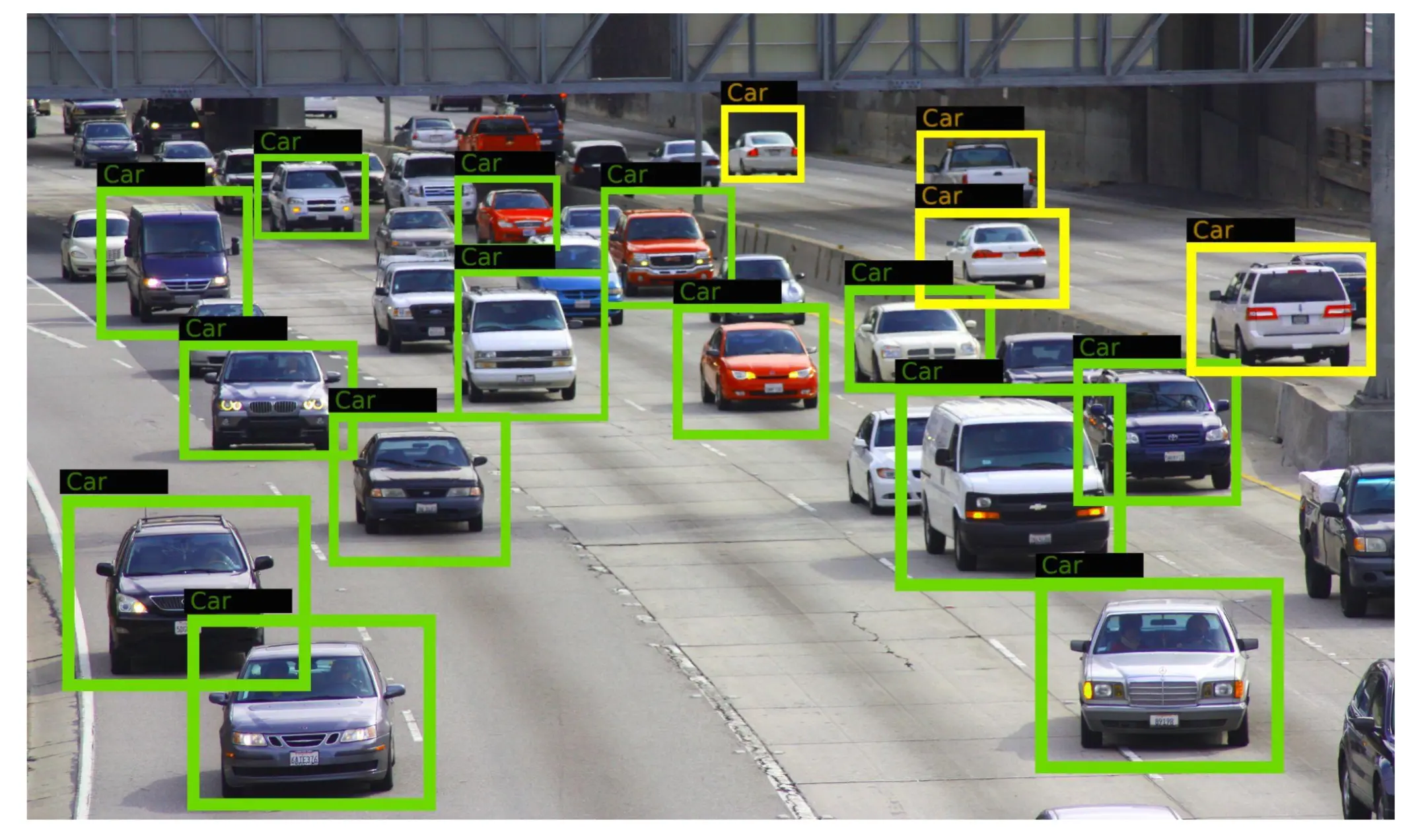- Publication: Open AI
- Publication Date: May 31, 2023
- Organizations mentioned: OpenAI, Anthropic, Scale
- Publication Authors: Hunter Lightman, Vineet Kosaraju, Yura Burda
- Technical background required: High
- Estimated read time (original text): 75 minutes
- Sentiment score: 75%, somewhat positive
TLDR:
Goal: OpenAI researchers conducted this study to compare the effectiveness of outcome supervision and process supervision in training AI models to solve complex math problems. The research was motivated by the need to improve the reliability of large language models in multi-step reasoning tasks, as even state-of-the-art models still regularly produce logical mistakes.
Methodology:
- Researchers trained reward models using both outcome supervision (based on final answers) and process supervision (feedback on each reasoning step).
- They used the MATH dataset, a challenging collection of mathematical problems, to evaluate model performance.
- The study included both large-scale experiments using GPT-4 and small-scale experiments with synthetic supervision to enable more detailed comparisons and ablations.
Key findings:
- Process supervision significantly outperformed outcome supervision, with the best process-supervised model solving 78.2% of problems from a representative subset of the MATH test set.
- Active learning, which involves strategically selecting the most informative samples for labeling, led to a 2.6x improvement in the data efficiency of process supervision.
- The performance gap between process and outcome supervision was consistent across all difficulty levels of math problems, not just the most challenging ones.
- Process supervision proved more robust in detecting and avoiding subtle errors in problem-solving steps, which sometimes fooled outcome-supervised models.
Recommendations:
- Researchers and AI developers should consider adopting process supervision techniques when training models for complex reasoning tasks, as it provides more precise feedback and leads to better performance.
- Implement active learning strategies in data collection processes to improve the efficiency of model training, especially when dealing with limited human feedback resources.
- Further investigate the generalizability of process supervision benefits beyond mathematical reasoning to other domains requiring multi-step problem-solving.
- Explore the potential of process supervision in improving AI alignment, as it more directly rewards models for following human-endorsed chains of thought.
- Continue developing and refining techniques to make AI models more reliable and interpretable, particularly in domains where logical errors can have significant consequences.
Thinking Critically:
Implications:
- If widely adopted, process supervision could lead to more reliable and interpretable AI systems across various domains. This could have far-reaching implications for fields such as healthcare, finance, and scientific research, where accurate multi-step reasoning is crucial. More trustworthy AI could accelerate innovation and decision-making processes in these areas.
- The adoption of active learning techniques in AI development could significantly reduce the cost and time required for training high-performance models. This could democratize access to advanced AI capabilities, allowing smaller organizations and researchers to compete more effectively with large tech companies in AI development.
- The focus on process supervision aligns with growing concerns about AI alignment and safety. If this approach becomes standard, it could lead to AI systems that are more transparent in their reasoning and easier for humans to oversee, potentially mitigating some of the risks associated with advanced AI.
Alternative perspectives:
- The study’s heavy focus on mathematical problem-solving may limit the generalizability of its findings. Other domains, such as natural language understanding or visual reasoning, might not benefit as much from process supervision, and the approach could be less effective or even counterproductive in these areas.
- The reliance on human feedback for process supervision could introduce biases and inconsistencies. Human evaluators might not always agree on what constitutes a correct step in complex reasoning processes, potentially leading to models that reflect human disagreements rather than objective truths.
- The computational resources required for process supervision and active learning might be prohibitively expensive for many organizations. This could exacerbate the existing divide between well-funded AI labs and smaller research groups, potentially slowing overall progress in the field.
AI predictions:
- Within the next 5 years, we’ll see a significant increase in the use of process supervision techniques in AI training, leading to more reliable and explainable AI systems in critical applications such as medical diagnosis and financial modeling.
- The release of datasets like PRM800K will spur a new wave of research into human-AI collaboration in problem-solving. This will result in hybrid systems that combine the strengths of both human and machine reasoning, particularly in fields requiring creative and analytical thinking.
- As process supervision techniques mature, we’ll see the emergence of AI tutoring systems that can provide step-by-step guidance in complex subjects, revolutionizing personalized education and potentially addressing global educational inequalities.
Glossary:
- PRM800K: A dataset of 800,000 step-level human feedback labels used to train the best reward model in the study.
- Process-supervised reward models (PRMs): Models trained using feedback for each step in the chain-of-thought reasoning process.
- Outcome-supervised reward models (ORMs): Models trained using only the final result of the model’s chain-of-thought reasoning.
- MathMix: A dataset of roughly 1.5B math-relevant tokens used for pretraining the models in the study.
- Convincing wrong-answer solutions: Solutions that are rated highly by the current best PRM but reach an incorrect final answer, used in the active learning strategy for data collection.
Members also get access to our comprehensive database of AI tools and fundraising

 Join hosts Anthony, Shane, and Francesca for essential insights on AI's impact on jobs, careers, and business. Stay ahead of the curve – listen now!
Join hosts Anthony, Shane, and Francesca for essential insights on AI's impact on jobs, careers, and business. Stay ahead of the curve – listen now!


